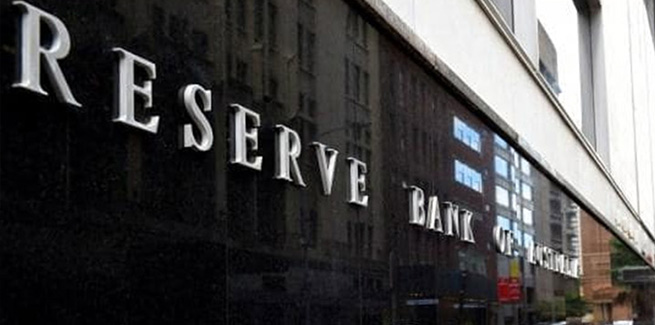Speaking to the Urban Development Institute of Australia’s National Congress earlier this week (25 May), the Reserve Bank of Australia’s assistant governor, Luci Ellis, noted how shifts in subsidies, internal migration and closed borders influenced housing demand over the last two years.
During her keynote speech, Ms Ellis stipulated that as COVID-19 becomes endemic, “only some of these shifts may last”, suggesting that some aspects - such as population and internal migration - will return to something close to what was observed pre-pandemic.
Ms Ellis added that for housing supply, the Reserve Bank expects new home construction to “remain solid for the next couple of years” and that stock will expand at rates observed during the 2000s.
“This is likely to still be enough to keep the housing stock growing faster than the population,” she said.
According to RBA data, the number of approved detached new dwellings, alongside housing alteration and additions, has surged well above pre-pandemic levels since mid-2020.
Yet, Ms Ellis noted that, despite this demand, one emerging factor for this supply is a delay in completed constructions.
“To be clear, this has nothing to do with land availability or governments approving enough homes. The land has been made available and the building project is already approved,” Ms Ellis said.
“The issue is how fast these projects can be completed.”
According to Ms Ellis, a detached home normally takes roughly six months to build. However, liaison contacts in the construction industry have told the RBA that the current average is around nine months.
Australian Bureau of Statistics data released earlier this week (25 May) suggested that the value of completed residential construction in the year to March has fallen by 2.4 per cent.
Further, according to combined RBA and NAB data, more than one-fifth of firms have said access to materials has been a “significant constraint” on output – a figure that is distinctively higher than what has been reported in the preceding three decades.

A recent report by the National Housing Finance and Investment Corporation (NHFIC) suggested that the current lag in housing supply is impacting Australian house prices.
But Ms Ellis noted that this “short-term fillip to demand” will “work its way out of the pipeline”.
In the wake of these changes, prices will also shift, and that “this will both reflect and produce some of the adjustment in quantities”, Ms Ellis said.
“The cost of building a new detached home has increased markedly in recent quarters, and so has the price of the land it sits on,” Ms Ellis said.
Ms Ellis added that prices for existing homes have also been easing in some parts of the country, reducing the relative attractiveness of building a new home.
“In this environment, it is likely that buyer interest in new homes will ease as well,” Ms Ellis said.
Subsequently, the RBA predicts that this current pipeline will sustain activity for some time, “but the backlogs and strained capacity will ultimately work themselves out”.
“Exactly when that will happen is hard to know. But when it does, we can expect some of the current rate of cost escalation and squeeze on margins to ease,” Ms Ellis said.
Ms Ellis added that policy can have a “pervasive effect” on housing outcomes, and that “everything has a limit, at least in the short term”.
“We’ve seen this in the ability of global supply chains to supply materials, and in the capacity of the construction industry to deliver a volume of projects,” Ms Ellis said.
“When capacity limits are reached, prices can shift very quickly, at least until people find ways to expand those limits. Or… until people find ways to stop pushing on those limits.”
[Related: Blocked supply, lagged approvals escalating house prices: NHFIC]
 ;
;